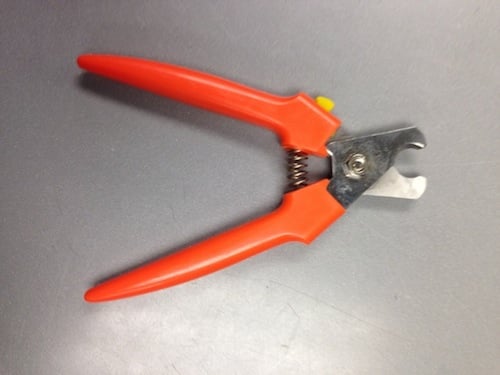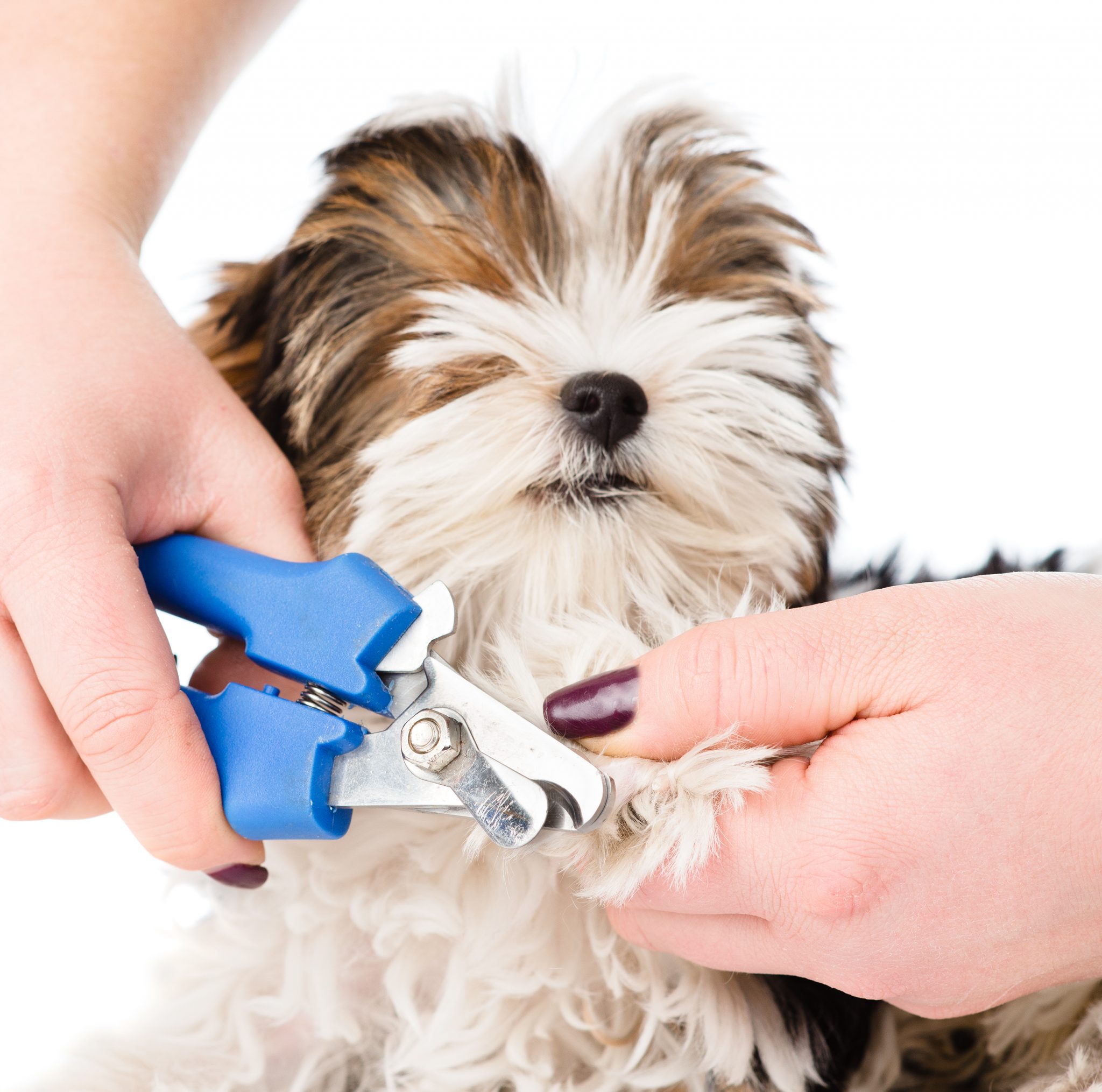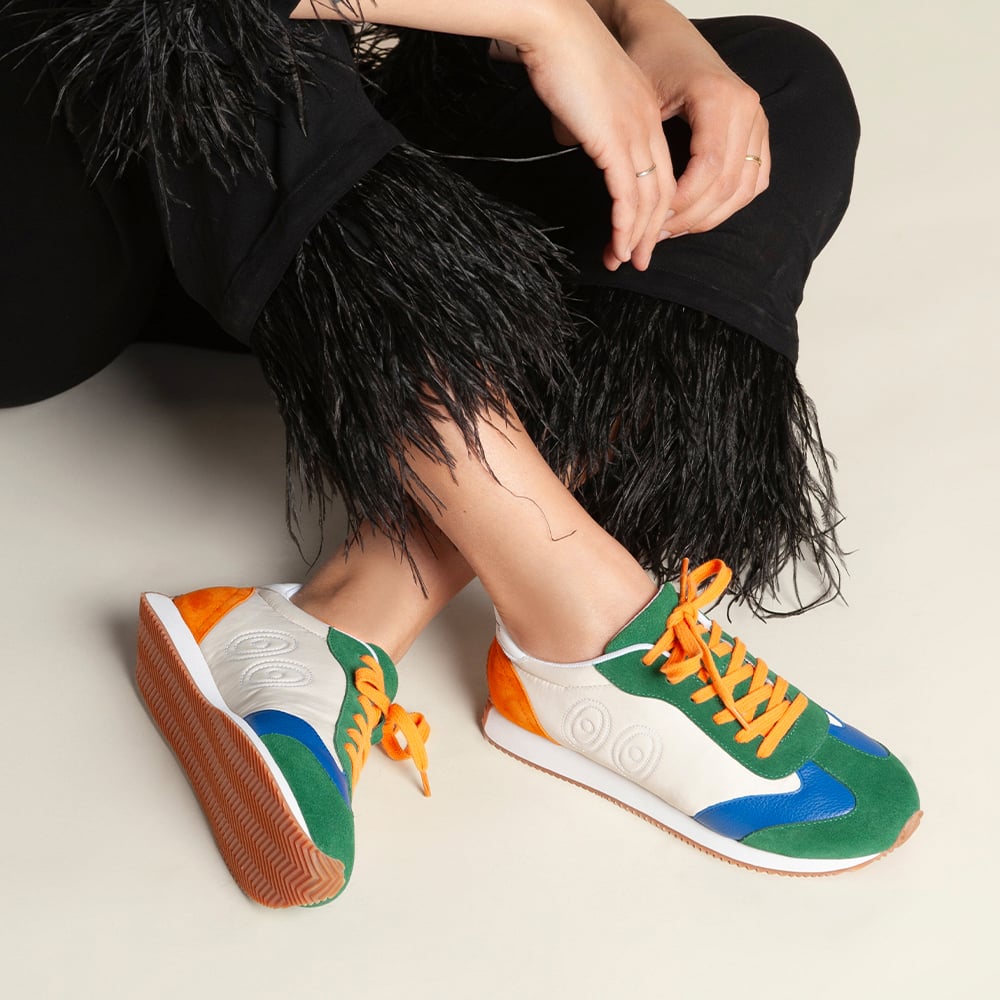Have a question you’d like to ask a vet? Send your query to pets@washingtonian.com with the subject line “Vet Q.”
Q: Any tricks to trimming my dog’s black toenails without cutting too far?

Dr. Chris Miller, AtlasVet DC: Have you ever met someone who hates having their feet touched? Dogs can be just like humans that way. Many times while I’m examining otherwise sweet dogs, they will show their teeth and even snap at me while I am looking in their ears, evaluating their teeth, and, more commonly, handling their feet. Dogs can have an aversion to the manipulation of certain body parts, and when that body part is their feet, trimming their nails can be a real nightmare.
Using the right equipment is an important place to start. You will need the appropriate size and style of clippers for your dog. You’ll find clippers that are too big may result in accidental clipping of soft tissue like the paw pad. Too small, and the nail may not fit into the clipper. I like the “plier” style clippers that look a little like miniaturize bolt cutters (pictured below). They are sturdy, reliable, and easy to use. I find the guillotine style of clippers more cumbersome, flimsy and difficult.

As for technique, it is important to make nail-trimming time as stress-free as possible. Handling your dog’s feet as a puppy and starting to trim the nails at a young age is extremely helpful with getting your dog used to the experience. Having a partner help hold, console, or feed treats while trimming can be very useful. I like to approach my dog while he is calm and lying down. I’ll pet him for some time and maybe even apply some peanut butter to the handles of the clippers to help him associate the clippers with a positive experience. Being able to see the quick, or the vascular soft tissue center of the nail, through light-colored or translucent nails makes the job much easier. The length of the quick can vary, which makes trimming dark nails so difficult.
Trimming too far can result in pain and bleeding, but I always let clients know this is very common and happens to everyone. If this is something you can’t bear to think of, take your dog to a groomer or veterinarian, who will be happy to make the trim for a small fee. Otherwise, trim very small amounts of the nail at a time. Shaving one millimeter or less will minimize the risk of hitting the quick. If you do accidentally trim too far and draw some blood, there are powder coagulants available at local pet stores that can be applied to the freshly cut nail to help curb hemorrhage. I’ve found that cornstarch or flour from the kitchen can work in a pinch, too. Lastly, don’t forget about the dew claws if your dog has them. These are the toes that are the equivalent of your dog’s “thumbs” and can be easy to miss. Happy trimming!
Find Dr. Chris Miller on Twitter at @DCVet.














